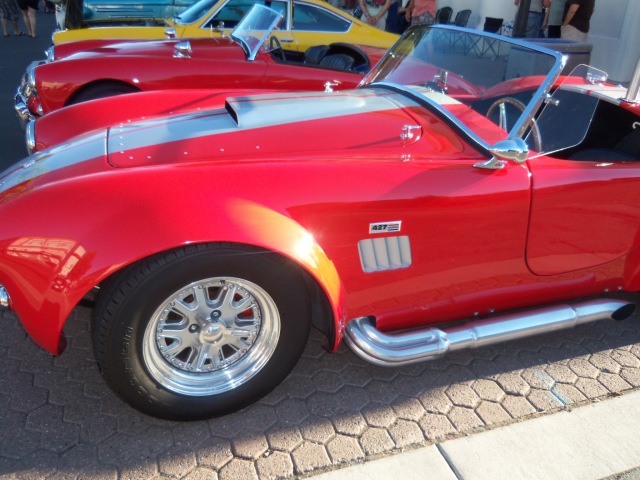Classic Car Insurance: Origin of the Hudson Motor Company
Classic Car Insurance: Origin of the Hudson Motor Company
When it comes to classic cars, what does your mind first go to? Typically it will be old American muscle cars, or the Chevys and Fords of yesterday. Another car brand though that has made its impression on the classic automobile world is Hudson Motor Car Company.
Hudson Motor Car Company, founded by auto pioneers Howard Coffin, George W. Dunham, and Roy E. Chapin, was largely funded by department store owner Joseph L. Hudson, hence the name. In 1910, when America was rife with automakers, Hudson was the eleventh-largest auto company in the country, despite it only being its second year of production.
What was it about these cars that made them so attractive to buyers? Their early cars were mainly closed models, which meant they sealed out the weather unlike most other vehicles at the time. This is thought to have contributed to their popularity, just one of the signs that Hudsons were advanced for the time.
Hudson also made other innovations that weren’t seen in other automobiles; the steering wheel was put on the left and hand levers were put in the center, which are their modern positions. Hudson also adopted GM’s self-starter earlier than most automakers, an addition that made cars easier and safer to start. Hudson also had the first balanced crankshaft. This crankshaft helped to increase smooth idling and allowed the engine to rev higher.
Some Hudsons included dual brakes and mounting oil pressure and generator warning lights on the dashboard. The Hudson legacy lasted through the next couple of decades to become the third-largest automaker in the U.S. by 1929, behind only Ford and Chevrolet. Unfortunately, the Great Depression hurt the brand lost some of its popularity. Sales persevered though, until 1957 when the last Hudson rolled off the Kenosha assembly line.
Whether you own a classic Hudson or any other type of classic or antique car, it’s important to protect it financially with the right type of insurance coverage. At Condon Skelly, we know how exciting it can be to start a classic car collection. We’ve been helping our customers protect their classics with affordable, industry-leading insurance coverage since 1967. We’re a group of collectors, enthusiasts, and professionals who specialize in insuring all types of collector vehicles. For more information, please contact us today at (866) 291-5694.




